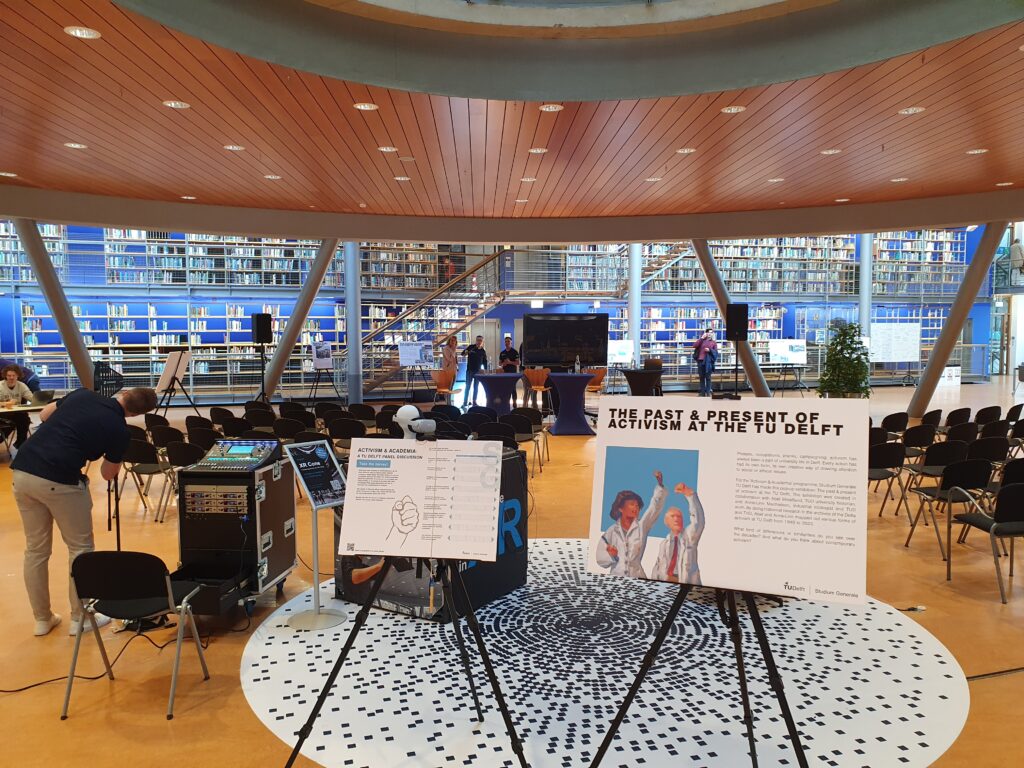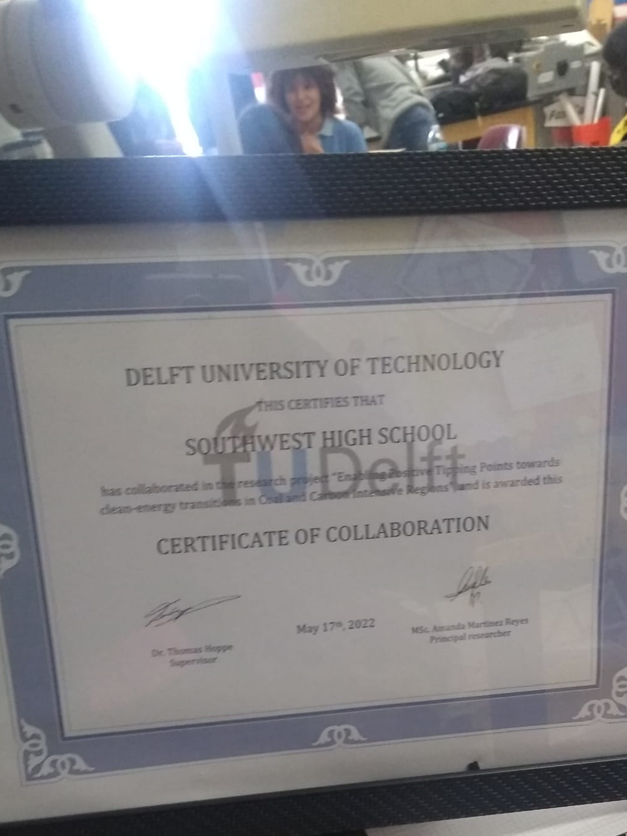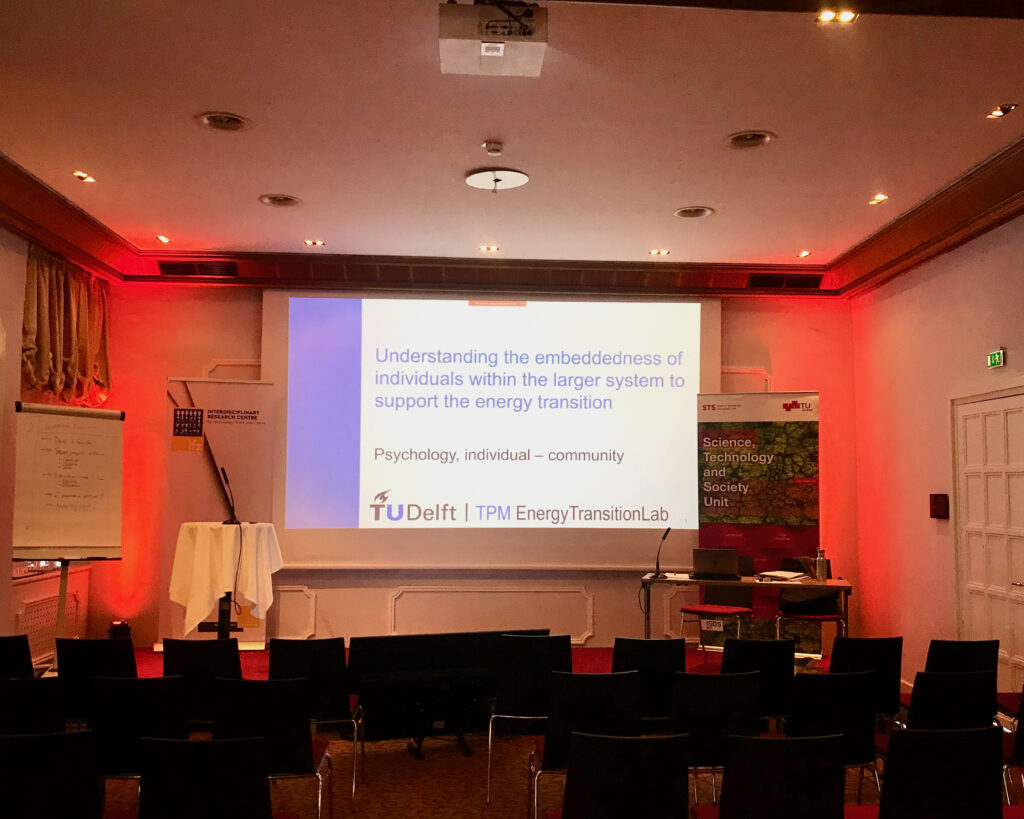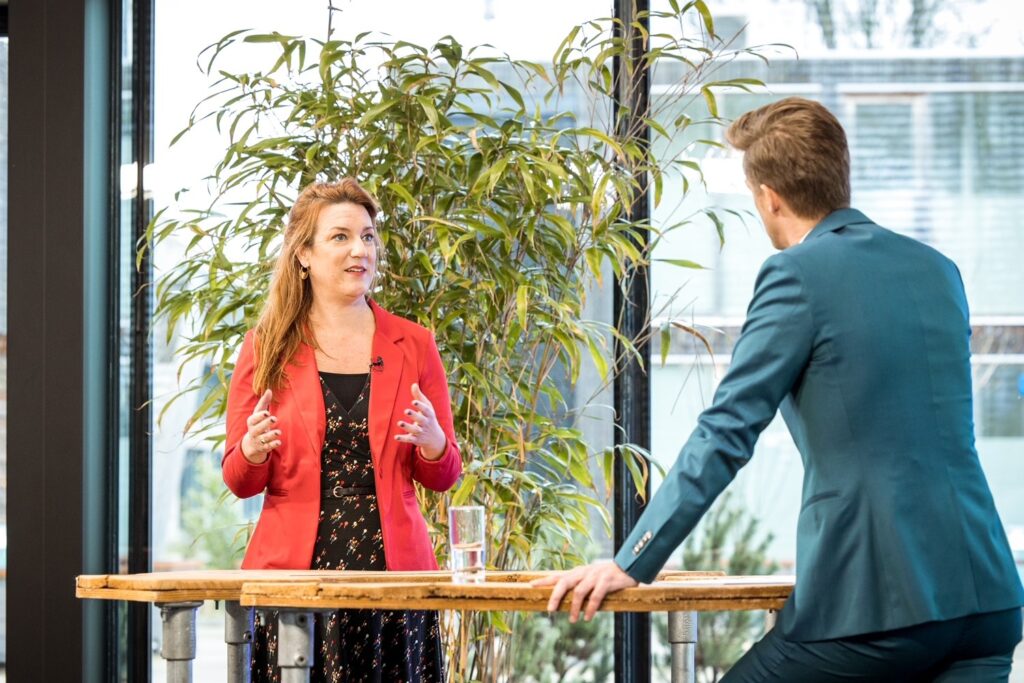This is my last blog for the TPM Energy Transition Lab. One of the more difficult blogs to write because saying goodbye is always a bit tricky. The last two weeks of July were dedicated to saying goodbye to dear colleagues and supervisors. My holiday is about to start, and thus, it is time to write this last blog. The last 1,8 months were very eventful, and so it feels unreal that this part of the journey is over. With my head stuck in my work and in tasks surrounding moving, there is not much time to digest what is happening. Though, I know that leaving feels bittersweet. I am looking forward to my new adventure and challenge, and I look back at good memories and much work accomplished.
I was about to finish my PhD, when I got notified that I was selected for a postdoc position at the Delft University of Technology as part of the TPM ETLab. I was very excited. Back then, the pandemic was still holding us hostage, and it was not clear how the next months would unfold. I was constantly waiting for the news pertaining to restrictions. Should I move to the Netherlands, can I even move there, is it a good idea to move to a place where I would be in isolation most of the time? I moved as early as possible. It would be a lie to say that the beginning was easy. The isolation was difficult to handle. Sports facilities were closed, there was no way to get to know people, one should not work in the office, and the accommodation I had was pretty noisy because the students living there partied there instead of in clubs. At least I could enjoy nature. I loved to go to the beach, walk along the shoreline and watch the waves break. I loved to go to the natural park (Meijendel) for a little run and to enjoy the diverse flora and fauna. As difficult as it was, I know that many had it much worse and that it was a good chance to test my own resilience. Though, I was happy when this test was over, and I could go back to the office more regularly. I would say, it was only then that my TU Delft experience really started.
I was once told that the experience we have at a place is determined by the people we meet at that place. I could not agree more. The people I met at TU Delft and the Faculty of Technology, Management, and Policy made my experience a joyful one. I think this is what makes saying goodbye bitter. The period I could spend in the office and get to know colleagues and supervisors was too short. When I finally found out that there are a lot of friendly, enthusiastic, and supportive people, I had to start packing my things again. At least I can say that TU Delft is indeed a great workplace, and I am grateful that I can look back at having had the pleasure of being part of TU Delft.
Some dear memories. Martijn shared his phone number so he could help me get into the building in case my card would not work. He is an early bird too, and I was relieved knowing that I could start my workday at 7, that I would not have to wait until some other early bird comes along (there are not too many…) to let me in. I really love starting early, so I can’t tell how much I appreciate this. I enjoy the quiet in the morning a lot. I love the encounters with other early birds as well. You exchange a friendly “goedemorgen” and a smile. My office window was on the east side, and I loved to see the sunrise from my office in the darker months of the year. I also enjoyed the section lunch meetings where researchers presented their work. It was a great way for me to learn what exciting projects people are working on. Since TPM is a diverse faculty, it is truly interesting to learn more about the research that is performed. I, of course, also enjoyed the short talks in the kitchen area or when someone came by my office to talk about ongoing work. And I cannot emphasize enough how great it felt after this home office period to just go to another office to briefly discuss something. Like I often did to talk to Amanda about the Ph.D. club or some other research-related topic. Many more memories remain dear to me, and I want to thank everyone for having made the time at TPM a good one.
I was not only part of TU Delft, I was part of the TPM Energy Transition Lab, which was in an early stage when I joined it. I can say it was exciting watching it develop. Well, I was not just passively watching it; all lab members put much work into it to make it a success. I am truly grateful that my supervisors put trust in me to be part of the lab and gave me the freedom to develop my ideas on how to support the development of the lab. It was great to work in an interdisciplinary team, which I experienced as enriching. A heartfelt thank you to Gerdien for guiding me along the way. My gratefulness also needs to be extended toward Emile, Udo, and Niek, who provided feedback and supported me in my endeavors. I also enjoyed working with Tristan, who I admire for his efficiency and pragmatism. Of course, I also want to express my gratitude towards Joy and Sean, who both helped me in so many ways.
Before I go to the next point of this blog, I actually want to point out something important. The discussion about output is ongoing within academia. Publishing for the sake of publishing is a problem, and there is a general trend in the Netherlands not to regard the publication record or the number of citations when hiring new staff. I think this is a positive development. I was positively surprised that I was not put under great pressure to have x amount of publications in a certain period of time. Though, I have to say that I am still under the pressure to publish because, despite the changing tides within the Netherlands, this trend is by far not global. Furthermore, I am output driven, and I want to do things, write about them, and have some tangible output. When I then look at what I have done in these 1,8 months, I am not satisfied because I wanted to have done much more. Still, I did get some things done.
- I set up the TPM ETLab blog
- I wrote a bunch of blogs
- I managed the Twitter account
- I set up a biannual newsletter
- I was the contact point for the TPM ETLab PhD club
- I supported the webpage development and the lab mail management
- I supervised 4 master’s students
- I finished 2 of the 4 University Teaching Qualification modules
- I was a group leader in a seminar, helping masters students to write a literature review
- I developed a survey for the green TUD initiative
- I was part of the post-doc community
- I presented at 3 conferences
- I hosted conference sessions at one conference
- I published a working paper
- I published a co-authored paper
- I wrote 2 papers, which are under review
- I organized a special issue featured in a high-quality journal (coming soon)
- I have started to work on a second working paper, as well as a literature review, and I have several paper projects in the drawer.
All of this was only possible because I was part of a great team, embedded within a great institute.
I definitely have learned a lot. I wanted to do much more. But this is where my TUD journey ends, and a new one begins.
I hope to keep doors open for future collaborations.



















